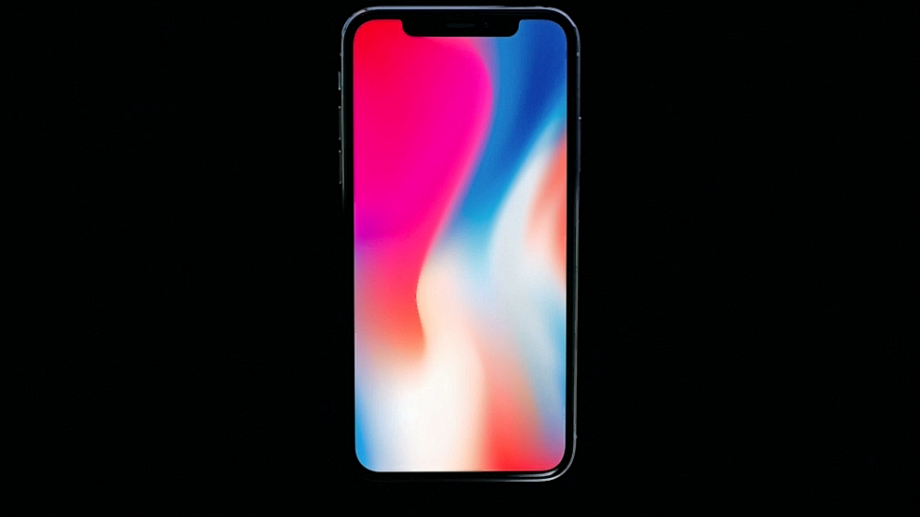Apple announced the iPhone 8, iPhone 8 Plus and iPhone X on Sept. 12 at its annual iPhone event. iPhones 8 and 8 Plus have minor improvements from previous iPhones that may improve their product slightly. The iPhone X, on the other hand, has some questionable improvements that may diminish its usage ef ciency and security while making the product more expensive.
The central differences between the iPhones 8 and 8 Plus and previously released iPhones are the aluminum-framed glass bodies, which have a seven- layer color process in order to create a precise aesthetic for the phone. While this color may be bold, Apple did eliminate the popular rose gold option for these iPhones. According to Business Insider, 86 percent of a Survey Monkey Audience responded that they used iPhone cases. Ultimately, the iPhone’s physical color may not matter, but the elimination of this color is a limiting factor of the iPhone 8 and 8 Plus.
The speakers for the iPhones 8 and 8 Plus will also be louder and have more of a bass. The display was additionally altered in order to appear more “natural” since it has Retina HD displays. These changes will undoubtedly improve iPhone users’ experience.
On the other hand, there is a new wireless mode of charging that allegedly charges phones faster than the non-wireless chargers. While this could potentially eliminate how many products an iPhone user has to carry, these chargers will be sold separately since the iPhone X will continue to bundle the lightning chargers with the iPhone X’s that they sell. These lightning chargers charge with a wire.
Although the iPhones 8 and 8 Plus have various new features, the iPhone X will contain one of the largest alterations of all time: it will not have a home button. This means that instead of a Touch ID, there will be a Face ID. While Apple reassured its customers that the Face ID would be able to recognize faces even with haircuts and glasses, the Face ID would diminish the efficiency of using the iPhone. Face ID cannot possibly be as reliable as the Touch ID was, and customers will be forced to manually input any passcode that they may have. If the user is in a dark setting, manual input will be forced as well.
In addition, Face ID could potentially have some security aws. Certain people with relatively similar facial features could access one another’s phones. A photo of the user could also be used to access someone’s phone, and there would be no means of preventing such actions.
The nal concern that customers should have with the iPhone X is its price. The iPhone X will be selling for $999, which Apple Chief Executive Of cer Tim Cook said is a “value price.” The price increase is surely due to its new features, but it will nonetheless decrease the number of customers that can access it. The iPhone 7 and iPhone 7 Plus range from $549 to $769, after all.
Every fall, Apple releases new products that are so technologically advanced, they are essentially monopolizing the market for smart phones. While this year’s updates were surely exciting and better than previous iPhones, Apple’s customers should have some reservations about Apple’s newest products.



